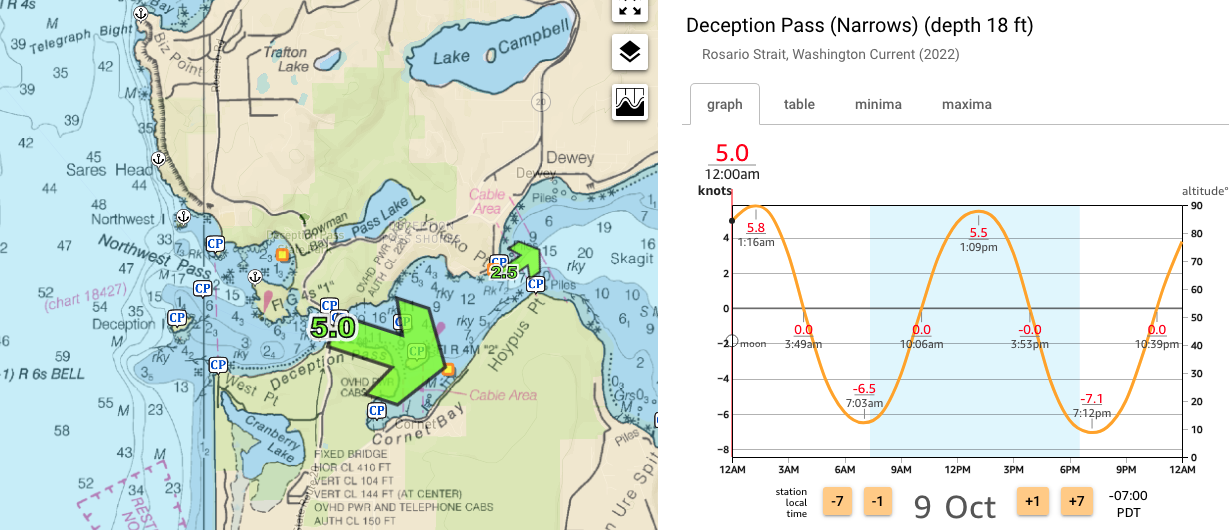Tools and Gear - Paddling
Some notable elements from my paddling kit.
Tiderace XLPOR Kayak
The red and black kayak is mine. It’s a discontinued model by Tiderace that I bought on Craigslist for about half the MSRP.

The previous owner made several personal modifications:
- deck rigging beads for daytime visibility
- reflectve decklines and bungies for nighttime visibility
- aftermarket closed cell foam seat
- textured tape behind the cockpit to make it grippier for when you put your hands behind the cockpit to adjust your position in the seat.
- blocks on the foot pegs (which I removed, so I could fit)
I learned a few things just from observing how the modifications were made.
The foam seat allowed me to rasp out additional material so that the kayak fits me snugly. The previous owner sold the boat because it was too tippy for him. It has low initial stability, which is a good trait: it makes it easier to edge the boat for turning. This boat also has a fair amount of rocker—the curve of the keel from front to back—which also makes it easier to turn while on edge.
Astral BlueJacket PFD
My BlueJacket is red, which might be a little confusing.

A PFD is a necessary bit of kit in all conditions. Getting your act together after an accidental swim is much more relaxed if you don’t have to tread water. A major reason people don’t want to wear a PFD is that they can be constricting. The BlueJacket is the most comfortable PFD I’ve ever worn, and is easy to get on and off. It is an extremely well-thought-out product.
The single zippered pocket has a stiff outer shell, and it opens out like a hungry cookie monster, revealing multiple mesh zippered pockets, and some open slip pockets for organizing stuff. Even with things in the internal pockets there’s still room for larger things (I usually keep my phone or gloves or a VHF radio in the main pocket). The main pocket floats on adjustable webbing straps with a space behind it. You can stuff things like gloves behind the picket and cinch it down, or you can use the space behind as a hand warmer. There’s a mesh panel at the bottom of the space to prevent things from falling out.
Nice touches on this PFD are that the straps that tighten around the waist and midsection (there are 3 on each side) have hook and loop at the tips, which allows the loose ends to stay in place against the panel on in front rather than flap all around.
I haven’t really found a use for the two mesh pockets on either side of the belt. They’re fairly small, and much less easy to access than the large main pocket.
There are 2 lash tabs on the front straps, and 2 in back, and there is space for a hydration pack in back with tube access. There’s also a small tunnel near the bottom of each strap that allows you to string, say, headphone cables or whatnot from the main pocket to the outside without interfering with closing the pocket.
DeepZoom

The Salish Sea is a tidal body of water. The tide comes in, the tide goes out; you can’t explain that. The tides effect how far you have to carry your boat and gear from the car to the water, or whether the place you plan to land for lunch will be boot-sucking mud when you get there. Water flowing around obstructions like islands and headlands also creates currents, eddies, and tide rips. So it’s important when planning a trip to understand what the water is going to be doing. Traditionally, paddling maps often have indicators on them to help corrolate current in the area with known tide stations, but it’s pretty tedious to do all those calculations by hand.
DeepZoom takes that data and puts it on a dynamic map with sliders that show the change over time, with arrows that change direction and size with the magnitude of the current. It also allows you to plot routes, then set launch times and average speeds, then “play” the trip, and see how the currents change as you proceed along the route.
This last feature allowed me on a recent trip to circumnavigate an island with a tricky passage at one point, and hit that passage right at slack current when the water was going to be the least troublesome.
Another way I use it is to make PDFs of the daily graphs of current stations in the area I will be in, and put them on my phone, which enables more spontaneous on the fly decisions or day-trips.